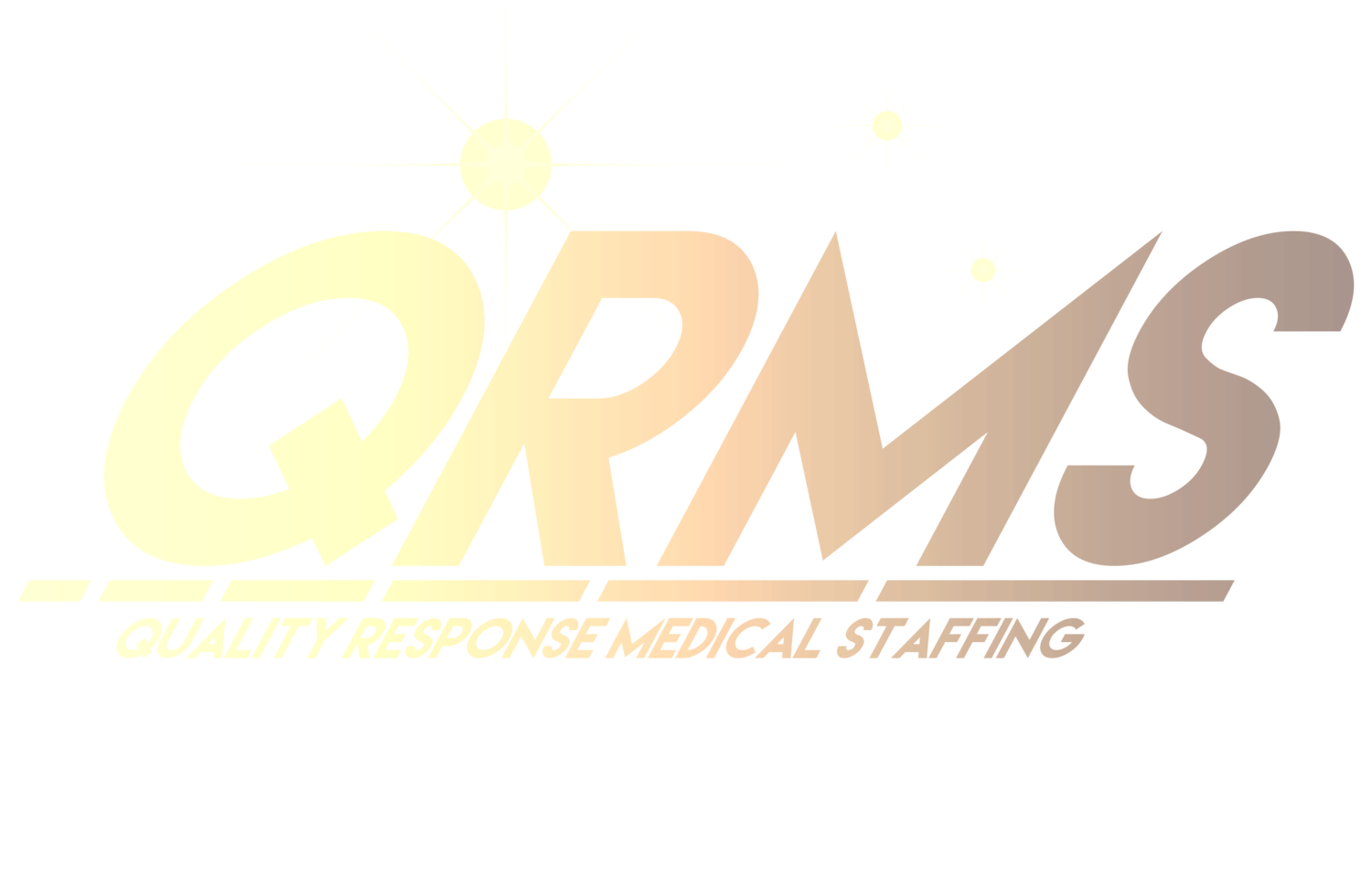Why Crying is an Useful Tool for Health
Crying is often viewed as a sign of emotional vulnerability or weakness, but in reality, it serves several important functions and offers numerous benefits for both mental and physical well-being. Here are some of the benefits of crying:
Emotional Release: Crying provides a healthy outlet for pent-up emotions such as sadness, grief, frustration, or even joy. It allows individuals to release intense feelings that may otherwise be suppressed, leading to emotional catharsis and a sense of relief.
Stress Reduction: Tears contain stress hormones and toxins, so crying can act as a natural stress reliever. Shedding tears helps to lower the levels of stress hormones in the body, reducing tension and promoting a sense of calmness.
Mood Enhancement: Crying triggers the release of endorphins, which are the body's natural feel-good hormones. This can lead to an improvement in mood and a sense of emotional well-being after a good cry.
Social Connection: Crying can foster empathy and strengthen social bonds. When someone cries in front of others, it can evoke feelings of compassion and understanding, prompting supportive responses from those around them. This can deepen relationships and create a sense of closeness.
Self-Reflection and Insight: Tears often accompany moments of introspection and self-reflection. Crying allows individuals to process their emotions more deeply, gain insight into their feelings, and better understand themselves and their experiences.
Physical Cleansing: Tears contain antibacterial properties that help to cleanse and protect the eyes from infection. Crying also helps to lubricate the eyes, preventing dryness and maintaining eye health.
Release of Tension: Crying can help to release physical tension that accumulates in the body during times of emotional distress. This can lead to a sense of physical relaxation and relief from bodily discomfort.
Healing and Resilience: Allowing oneself to cry and express emotions is an essential part of the healing process after experiencing loss, trauma, or adversity. It can help individuals cope with their emotions, adapt to challenges, and build resilience in the face of adversity.
Communication: Crying is a powerful form of nonverbal communication. It can convey emotions more effectively than words alone, allowing individuals to express their feelings and needs to others, even when they may struggle to articulate them verbally.
Normalization of Emotions: By embracing crying as a natural and healthy response to certain situations, individuals can reduce the stigma associated with showing vulnerability and emotions. This can create a more open and supportive environment where people feel comfortable expressing their feelings without fear of judgment.
Takeaway: Crying is a natural and beneficial human response to a wide range of emotions and experiences. By allowing ourselves to cry when needed, we can promote emotional well-being, strengthen social connections, and enhance overall health and resilience.


